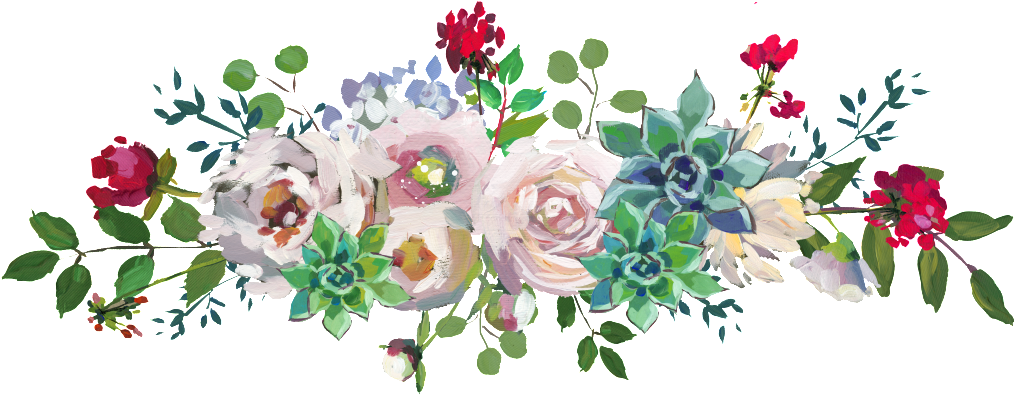🌸 Flower Language! 🌸
An old language based entirely on the giving and receiving flowers with hidden meanings!

The most popular misconception is that this practice was fashioned by the Victorians of England who would bestow each other with flowers of unspoken meaning, yet it is known to date back the 19th Century France, whose civilians simply used flowers with specific emotions and sentiments. Though it isn't just through symbolism that flowers were used, for this attraction to utilitarian plants can be dated back to ancient Egypt, where flowers like the lotus had a strong religious context and used for decoration and ceremonies. Many different studies try to bridge the adoration between humans and flowers, finding connections like survival indicators (flowers meaning a fertile land) to resourcefulness. But the study which gave me the best understanding was where men and women are shown images of various flowers, and had their input logged. These results conclude that flowers are emotion “inducers”. With this study in mind, it is easy how to see how these historical customs would become globally recognised, growing and adapting, eventually becoming culture-specific languages based entirely around the native flora, ritualising floristry traditions.
But main focus at hand, flower langauge is slowly coming back into the light of modern day, with younger generations finding an interest in the symbolic nature of blooms and what it means to gift and receive such things.
To find out more, follow this link!
What to know what flowers you should be giving? How are you feeling right now?
Flower language will differ from source to source so dont use this as reference!